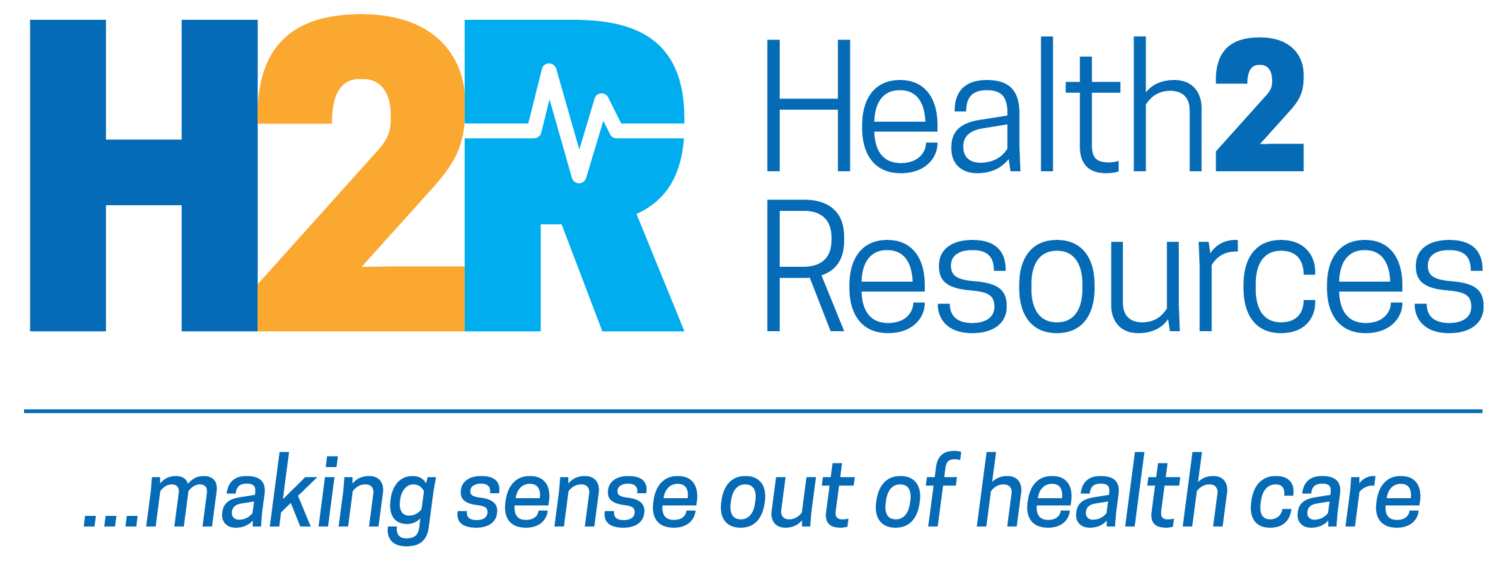September 23, 2021 | Cognitive biases contribute to vaccine hesitancy
INDUSTRY NEWS
Rural COVID death rate rising much faster than metro rates
The rural COVID death rate has been slightly higher than the urban rate for much of the pandemic. But something changed in August, according to the Daily Yonder. Rural residents are dying from COVID-19 at twice the rate of metropolitan residents, and the rate of new infections in rural counties is 50% higher than the metropolitan rate. Among the possible factors: Lower rural vaccination rates, higher incidence conditions such as respiratory or cardiovascular illness, and age—rural residents are older. (Daily Yonder)
Put it in plain English
Open Pharma, a collaboration of pharmaceutical companies, funders, publishers, patients, academics, regulators, editors and societies, is calling for plain-language summaries of peer-reviewed medical journal publications. These summaries should be free of technical jargon, unbiased, non-promotional, peer reviewed and easily accessed. “With the broad range of stakeholders involved in pharmaceutical research, pharmaceutical companies are now in a strong position to make the medical publishing model more transparent. We believe that the next step of openness is to create a more accessible and inclusive environment through the routine development of plain language summaries of peer-reviewed medical journal publications.” (Current Medical Research and Opinion)
INNOVATION & TRANSFORMATION
Creating standards for data exchange between health care and social services
DirectTrust is creating a body to establish standards for exchanging social determinates data between health care organizations and human services providers. “Communications with and between human services providers should be available in existing clinical systems’ EHRs using interoperable standards that ensure security, protect privacy, enhance usability, and are reliable, scalable, and affordable. And perhaps most importantly, they should be acceptable to human services providers with a widely varying level of systems and users’ competencies,” Scott Stuewe, DirectTrust president and CEO, said in a prepared statement. (news release; Modern Healthcare*)
Mayo: Remote patient monitoring works
Mayo Clinic's COVID-19 Remote Patient Monitoring Program has served more than 7,000 patients across 41 states and has a 78.9% overall patient engagement rate since launching in March 2020. It may be a model for other such programs. A recent study found that the multisite RPM program “is feasible, safe, and associated with a low mortality rate.” The study also demonstrates the efficacy of incorporating interventions that support patient access and engagement and mitigate digital health disparities: the program had an overall patient engagement rate of 79%. (Mayo announcement; NPJ Digital Medicine)
CONSUMERS & PROVIDERS
Cognitive biases contribute to vaccine hesitancy
Psychologists have discovered that some people choosing not to get vaccinated may have fallen victim to various cognitive biases, according to CareFirst BlueCross BlueShield. These include cognitive dissonance, confirmation bias, the availability heuristic and omission bias. As a result, simply educating people about the relative risks of vaccines instead of the diseases they prevent isn’t enough. On the other hand, personally knowing someone who has received the vaccine—and seeing that the vaccine did not produce significant adverse effects—can motivate the vaccine hesitant. (WTOP)
AMA, AAFP, etc. to HHS: Move forward with APMs
The AMA, AAFP and Premier joined 14 other national health care organizations calling on HHS to move forward on alternative payment models as part of its strategy to achieve health equity, noting, among other things, that APMs routinely leverage multidisciplinary approaches to care. They want HHS to set a clear plan for moving beyond testing to scaling the best approaches. They also call on HHS to address overlap in value-based care programs to remove conflicting incentives and ensure providers are not disadvantaged for participating in multiple models. (Healthcare Finance News)
NEW & NOTED
No more emergency, no more coverage: Almost 90% of people expected to have gained Medicaid coverage during the COVID-19 pandemic could get dropped from the program once the public health emergency ends, according to a new report from the Urban Institute. (Modern Healthcare*)
Walgreens, Blue Shield collab: Blue Shield of California and Walgreens have joined forces in what they call an effort to improve condition management and deliver whole-person care. Eligible beneficiaries will be able to get blood pressure screenings, mammography care coordination and other services through Walgreens' Health Corner locations. (Modern Healthcare*; Blue Shield announcement)
Still no interoperability: Many widely used e-prescription platforms fail to stop dispensing prescriptions when physicians discontinue them. The authors of a JAMA Internal Medicine commentary describe the case of a 69-year-old patient who was hospitalized after continuing to receive refills of a prescription her physician had canceled in the EHR. (JAMA Internal Medicine; Becker's Health IT)
MULTI-MEDIA
Roundtable: Race, genetics, social categories and equity
Should medicine stop using racial and ethnic categories as proxies for social determinants of health, genetic ancestry, or both? What are the most promising approaches to dismantling structural racism in medicine? Several experts take this on during a video roundtable, hosted by the New England Journal of Medicine. (NEJM)
MARKETVOICES…QUOTES WORTH READING
"Even among the sickest and highest-risk patients, virtual care at home provides a safe, effective and convenient way for both patients and care teams to remain connected and coordinate on appropriate care decisions.”—Tufia Haddad, MD, medical director for the COVID-19 Remote Patient Monitoring Program in Mayo Clinic's Center for Digital Health, talking about remote monitoring in a prepared statement
